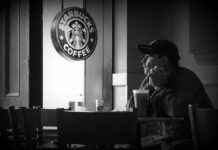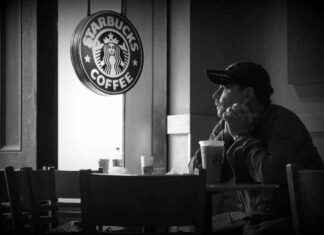The Kosciuszko National Park in southern New South Wales is a special place in Australia. The nature reserve, with an area of ??around 6,700 square kilometers, almost three times the size of Saarland, is home to many endangered animals and plants such as the mountain bandicoot or the poisonous corroboree frogs due to its geography. 21 plant species are found exclusively in the alpine regions of the national park, which is also home to Mount Kosciuszko, the largest mountain in the country.
The national park is also home to the brumbies, a breed of wild horse that is a thorn in the side of the government. The four-legged friends are seen as an invasive species that is spreading almost uncontrollably. 19,000 wild horses are now said to live in the national park – too many for the government of New South Wales and almost half of the wild horse population in Australia. And the number of animals continues to grow, by 15 to 18 percent annually – in the last two years alone the population is said to have increased by 4,000 animals.
On Friday, Penny Sharpe, the state’s environmental protection minister, announced that around 16,000 animals will be shot from helicopters by 2027. “The reality is that the number of horses has exploded in the last decade, there are just too many in the park,” said Sharp, who stressed that the decision to shoot horses was not an easy one: “Nobody wants to kill wild horses, but we have to take action.” Only experienced and trained hunters should be used. “It is important to maintain the highest animal welfare standards,” explained Sharpe.
The state has already tried in the past to reduce the brumby population by trapping, shooting on the ground and relocating them – but without success. Therefore, the government of New South Wales wants to resort to a process that is actually prohibited. As early as 2000, helicopters were used in the national park to hunt horses. After 600 animals were shot within three days, the action had to be stopped due to violent protests – some animals were injured and found alive after days. The method of hunting from a helicopter was subsequently banned. Before the animals can be shot, the New South Wales Parliament must lift this ban. According to media reports, a corresponding resolution is already in the works.
But the government repeatedly emphasizes how important it is to control the horse population. “Feral horses and donkeys are serious environmental pests that cause erosion and damage vegetation with their hooves,” says a fact sheet from the Australian Department of Environmental Conservation (DCCEEW), published back in 2011, which describes brumbies as a “pest.” The horses would damage waterholes, eat away the food of endangered species and spread diseases. “There are twelve animal species in the national park that will probably be wiped out if we don’t react now,” emphasized Senate MP David Pocock in an interview with the Australian broadcaster ABC. The plan to drastically reduce the number of brumbies is also welcomed by environmentalists. “This is a memorable day. We have been trying to get the government to act for over a decade because the horses are a disaster for the environment and the situation is completely out of control,” said Jack Gough of the environmental group Invasive Species Council. “Nobody wants to see animals being killed, but unfortunately we have to decide whether we want to reduce the number of horses or accept that our alpine ecosystem will be permanently damaged and other animal species will be wiped out.”
The brumbies are originally domesticated horses that were imported from Europe during the colonization of Australia in the 18th century, but were then released by the settlers when they no longer needed them – or simply ran away. According to opponents of the shooting, wild horses are now part of Australia’s history, playing a central role in the poem “The Man from Snowy River” by Banjo Peterson, among other things.
Quellen: DCCEEW, ABC (1), ABC (2), Sky News, Sydney Morning Herald, afp












